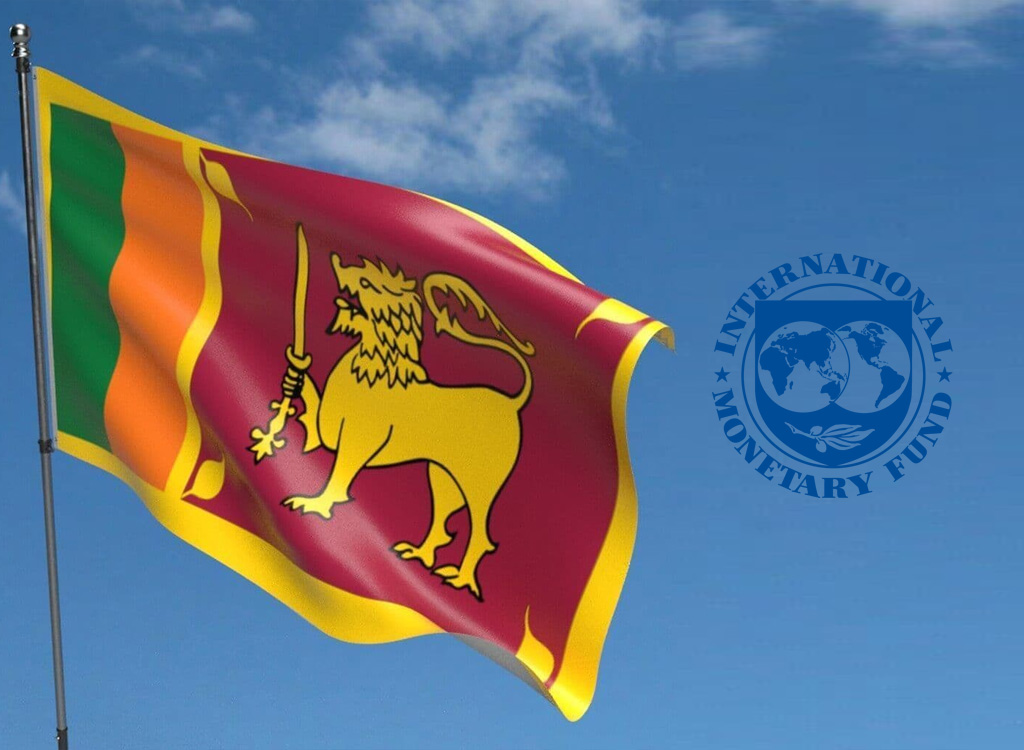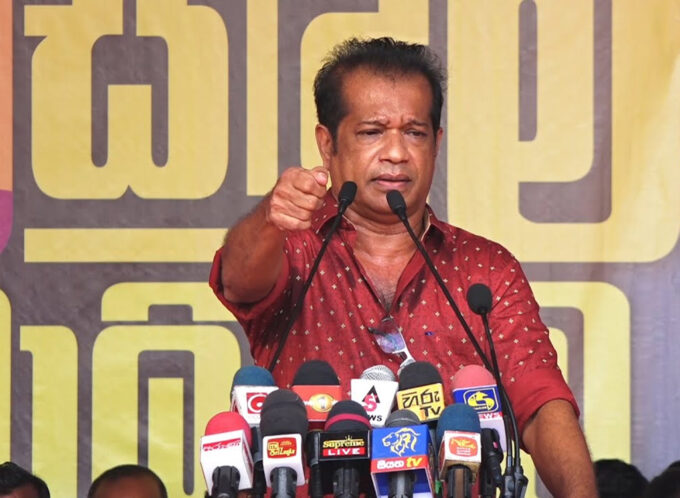The International Monetary Fund (IMF) has cautioned that Sri Lanka’s public finances continue to be highly vulnerable to both external and internal shocks, as public debt remains elevated and fiscal space to respond to crises is limited.
In a Technical Assistance report published last week, the IMF highlighted that the combined effects of the Covid-19 pandemic and the recent economic crisis, partly driven by an overvalued exchange rate, have weakened Sri Lanka’s fiscal position.
The public debt ratio is projected to stay above 100% of GDP in 2024, easing only slightly to 99.5% by June 2025.
The report warned that several potential shocks could further strain public finances, including intensifying regional conflicts disrupting supply chains and driving up commodity prices, exchange rate depreciation, and a resurgence of inflation.
Such factors could ultimately pressure government spending and undermine economic recovery.
“Global growth slowdown could affect exports and tourism receipts, jeopardising the expected economic recovery and government revenue target,” the IMF said.
It also pointed to domestic vulnerabilities such as chronic losses and default risks among state-owned enterprises (SOEs), and susceptibility to natural disasters.
Sri Lankan authorities have acknowledged macroeconomic risks as major fiscal concerns.
The IMF also noted structural weaknesses on the external front, including Sri Lanka’s narrow export base—with apparel, textiles, tea, and rubber accounting for around 60% of merchandise exports—and heavy reliance on tourism, remittances, and oil imports critical for power generation.
Domestically, elevated public debt and exposure to extreme weather events remain significant challenges, constraining the government’s ability to absorb shocks and maintain fiscal stability.











Leave a comment